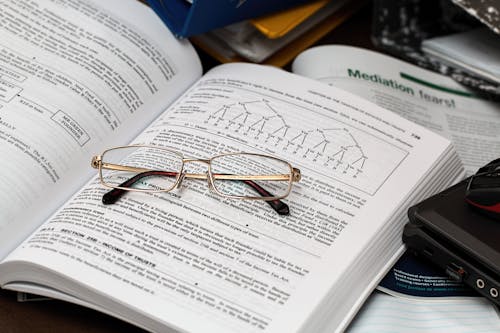Size Matters

Image Source: Pexels
Today, I’m going to share with you the absolute biggest factor to my trading success. It’s more important than the trading strategy itself, and it isn’t even a close comparison.
This changed everything for me. I recently shared with readers one of my core trading systems. If you missed it, you should go back and review it first. The system is simple, but not overly so.
Price action and understanding what is causing the move is the real edge, our advantage here. I first built this system before the Global Financial Crisis in 2008, and it still works today. That’s what we’re looking for, a system that withstands time.
But a system isn’t just about the entry trigger, the why, and when to get in. That’s part of it, but to make a real system, a robust system, we need to add other components.
If being successful as a trader was only about knowing when to buy and sell, then everyone would be able to do it. How many times have you tried a system that was successful on paper, but when you started trading it live, it flopped? This happened to me over and over on my trading journey.
Talking with other traders about their issues, it seemed to be a common theme for them, too. “Sometimes the system just doesn’t work.”
That was unacceptable to me, there had to be something that I was missing. I decided to go back to my last 100 trades to see if I could figure it out. Like many traders I read the book, "The Market Wizards," by Jack Schwagger. That’s when I came across this quote by Bruce Kovner.
“Novice traders trade 5 to 10 times too big. They are taking 5 to 10 percent risks per trade. They should be taking 1 to 2 percent risks per trade.”
Of all the investors that I’ve studied over the years, Bruce’s style has always resonated with me. Starting with $3,000 dollars, he became a billionaire, compounding returns at 87% for over a decade. This hit me like a ton of bricks.
In fact, the common theme in the book is risk management. I collected a bunch of quotes from this book where the best investors in the world, the market wizards, all talk about risk management and position sizing.
I decided to take a look at my trades risking 1%, as Bruce Kovner suggests. Because up until then, I was just trading the standard 100 share lots. I was trading stocks at this time.
Using the system I shared recently, let’s test the difference between trading a fixed position size vs. 1% risk per trade. By the way, this trade using the system was a loss on NQ Futures.

(Click on image to enlarge)
This system has a 60% win rate, with 60 winners and 40 losses in 100 trades in the data set that I used. The parameters are as follows:
- Account balance: $50,000
- Average point win: +3.05
- Average point loss: -2.01
Let’s take a look at what the results are for this system trading 100 shares per trade.

By all means, that is an excellent result. But let’s see if we can’t tighten it up a bit. Instead of just taking 100 shares per trade, let’s risk 1%.
That doesn’t mean I buy 1% of the account balance; 1% of $50,000 = $500. That’s about 1 share of QQQ. Risking 1% means if my trade is a loss, I lose 1% or $500. If the account goes to $60,000, then I’m risking $600 -- the risk stays the same as the account adjusts.

I did nothing different here, other than adjust my position size. These were the exact same trades, with the exact same entry, stop loss, and exit points. Looking at them side by side, it’s nearly 2X the returns for the exact same amount of effort.

This was the biggest epiphany of my trading journey, and it isn’t even close.
Position sizing isn’t just about maximizing your upside, it’s also about containing your downside. You could easily go on a 10 to 20 trade-in-a-row losing streak, and as long as you keep your risk percentage the same, it keeps you in the game -- instead of blowing up your account. Ultimately, my trading has evolved from taking trades based on how I feel, to trading a system and making it work.
A lot of people may sell you on the idea that trading is easy if you just master this 'one magic setup.' I disagree. There is so much more to trading than just finding a simple setup. It takes focus, discipline, and effort on a daily basis. You are competing against some of the most well-funded apex predators in the world.
I’ve been at this job over the years because I put in the effort every day to stay disciplined and improve. Every morning, before the trading day starts, I go through my trading plan. It has everything I need to keep my head in the game, keep me focused, and to make sure I’m doing what I need to do to accomplish my goals. Keep an eye out for future posts in which I discuss how to utilize this trading plan.
More By This Author:
A Trader’s JourneyMiners On The Cheap
A Significant Inflection Point
Disclaimer: All statements are solely opinions and are for educational purposes only.



